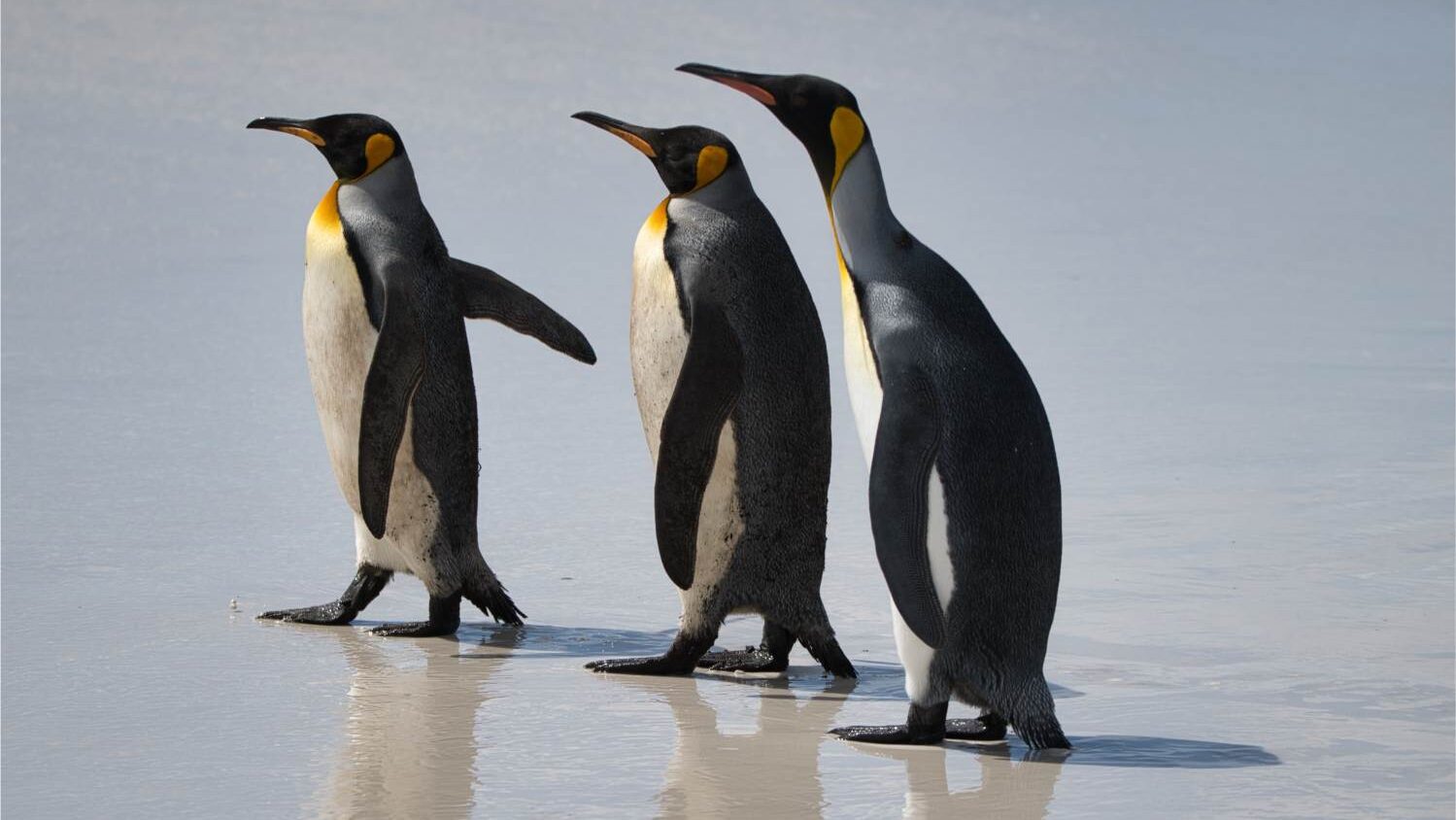According to Erki Tammiksaar from the Estonian University of Life Sciences and Dr. Enn Kaup of Tallinn University of Technology, tens of thousands of scientists from Estonia have conducted research in Antarctica since then. At first, this was connected to Soviet expeditions after the Second World War. The Bellingshausen expedition became a way for the Soviet Union “to claim rights to the Antarctic and also to argue for its participation in Antarctic exploration.” Estonian scientists were able to leverage this to conduct important research.
Early research conducted by Estonians included isotope palaeoclimatology, using ice samples to understand how the earth has changed over time. This has come full circle recently, to the opposite end of the planet, as Estonia has become involved in Arctic research to understand climate change better.
In April 2014, Estonia's Foreign Minister Urmas Paet spoke about how Estonia had started discussing the possibility of applying for observer status in the Arctic Council. He said “Estonia is interested in what is happening in the Arctic and in participating in scientific programs connected with the Arctic, as well as in the development of related knowledge and skills.”
Over six years later, on November 11th, 2020, Foreign Minister Urmas Reinsalu officially announced that this application had been submitted. The Ministry of Foreign Affairs cited the impact of climate change, proximity to the Arctic, Estonian expertise, and the solutions of Estonian scientists and companies as reasons for applying. This is nine months after Iceland, one of the Council's 14 members, had official talks with Estonia and discussed Arctic cooperation, among other topics.
Dr. Kaup and Professor Rein Vaikmäe of the Estonian Polar Research Commission both believe that “The Antarctic and Arctic are the key regions for finding secrets that would help to explain climate change.” The cost of this research is high, north or south, but there is confidence in the value of it. Professor Vaikmäe has noted that “Arctic Climate Impact Assessment (ACIA2005) and Antarctic Climate Change and Environment (ACCE2009) reviews have used results published by Estonian researchers.”
Some research may not be favourable to everyone. Arctic ice analysis may prove useful for shipping and developing Arctic ocean routes in the future. The Arctic isn't up for the taking or available for unrestricted activity like Antarctica has appeared to be. There are distinct cultural groups, nations, habitats, and a long history of life in the Arctic. On the other hand, studying the adaptability of polar microorganisms, for example, has the potential to push medicine forward.
Though the number of researchers in Estonia is less than other countries, expertise in IT has supplemented traditional field research so that there's something new to offer. At this point in Antarctica, Estonians are working with the existing infrastructure of other nations, rather than creating a new station. This approach is more streamlined. It conveys an interest in knowledge and cooperation rather than international prestige or claiming territory.
The Arctic and Antarctic are seemingly unfamiliar places, and yet you'll find several familiar aspects if you visit. At McMurdo Station, in the segment of Antarctica claimed by New Zealand, there's a library, restaurants, a café, a church that doubles as a synagogue, a fire department, and a post office. Scientists and sailors who choose to stay in the endless winter (our summer, depending on where you're reading) clink glasses together in the station's bars. At Carlini Base in the sector of Antarctica claimed by Argentina, Metallica has even played a show. Even though other-worldly climate and terrain prevent many people from staying at either pole for extended periods of time, there is unity when people are putting effort into increased understanding and solutions.
While in 1959, the main treaty of the Antarctic Treaty System was necessary to secure cooperation between nations in Antarctica, it seems now that scientists are working at both poles even if there aren't financial or territorial gains. They know the value of international cooperation and academic observation. Work like this will come back to benefit everyone, including Estonians, though right now the benefits appear to be subtle. And these initiatives show to the rest of the world that Estonia is a country that should always be part of the conversation.
This article was written by Vincent Teetsov as part of the Local Journalism Initiative.




